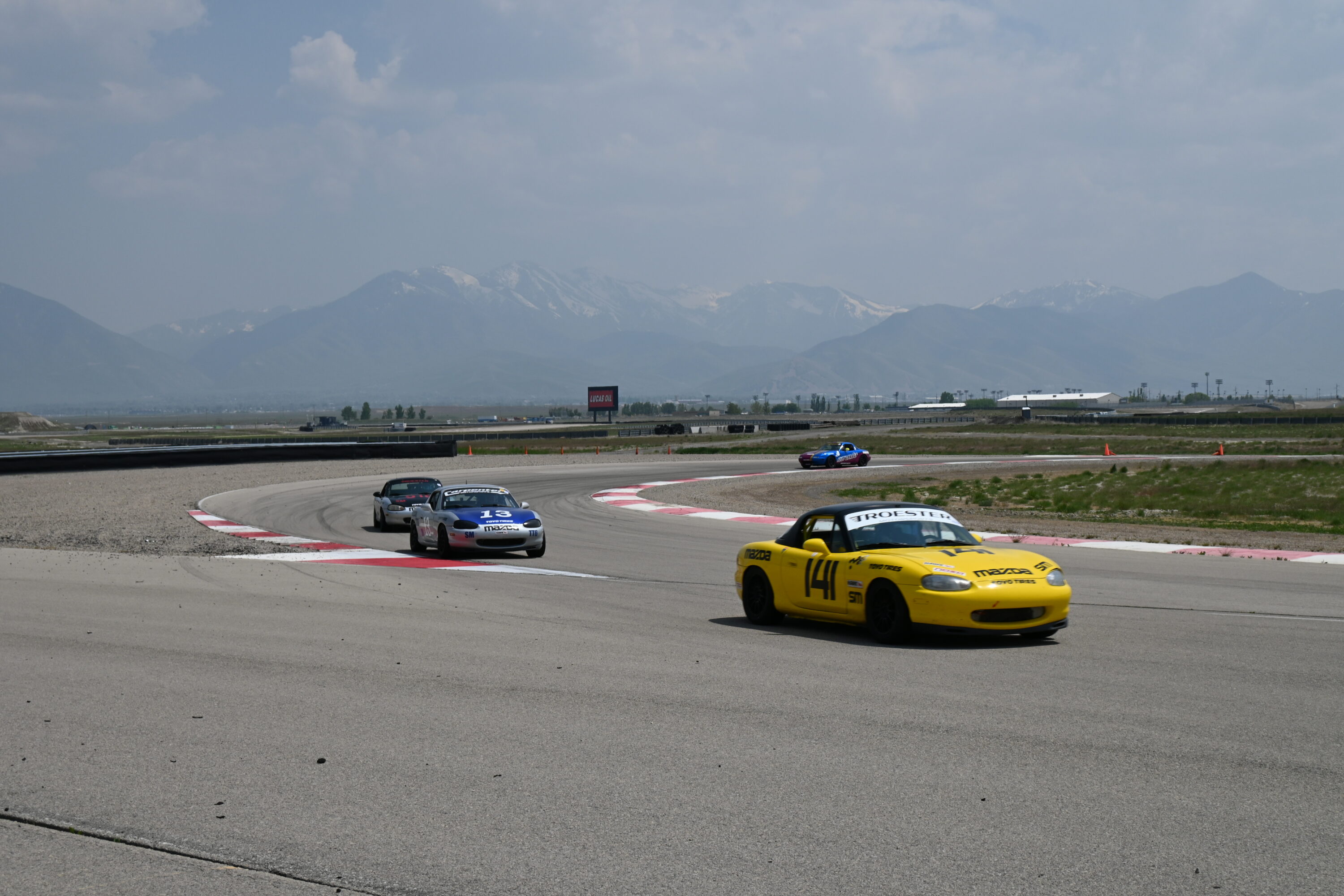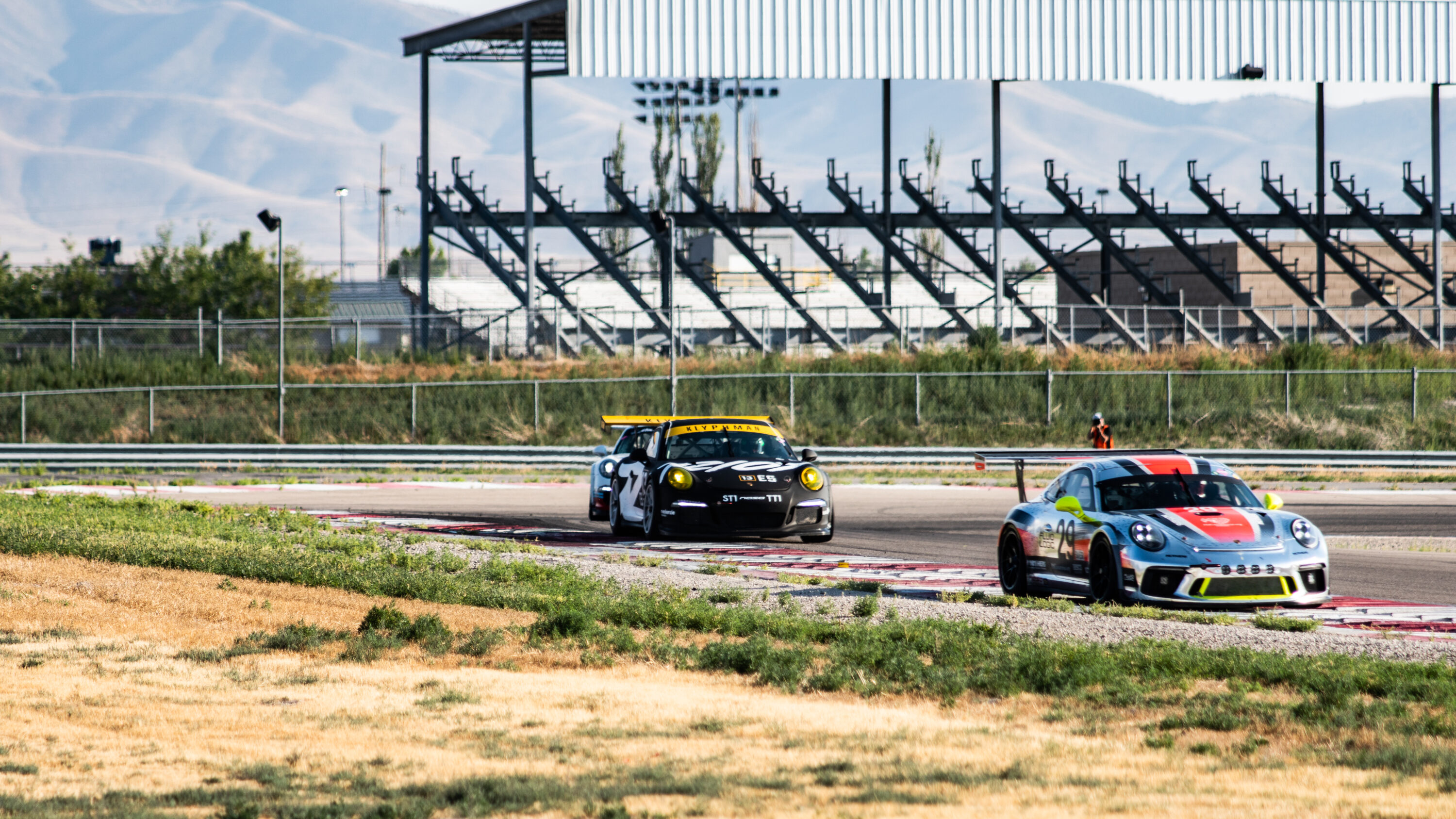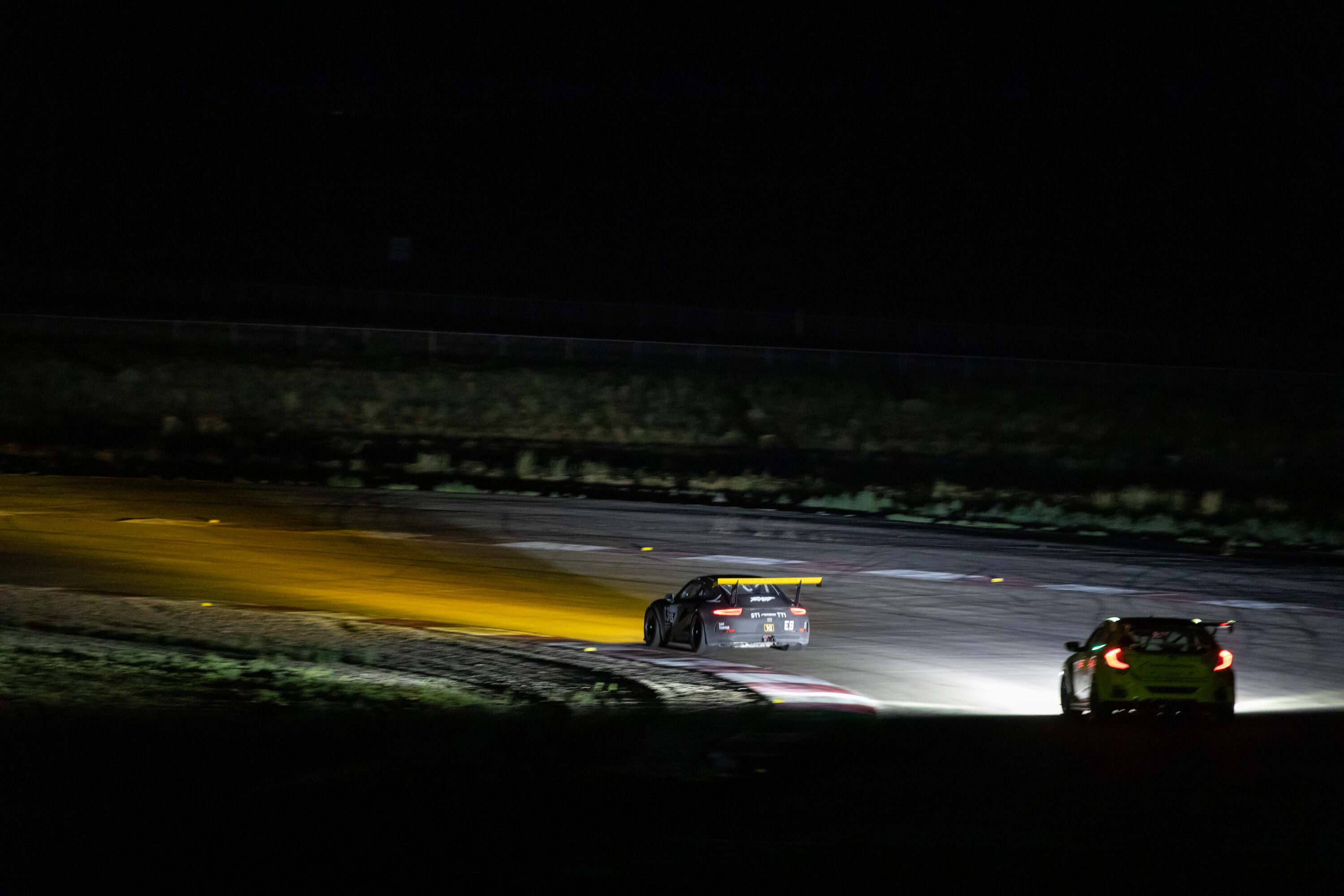How AI gracefully said “it depends”

I’ll be up-front in admitting that, though I’ve heard of ChatGPT and have been mildly curious about it’s applications, I never gave it much thought until I heard about how writers were using AI to generate Headlines… and even entire blog posts.
My initial reaction was (and still is):
Great, now the internet will be flooded with even more generic blog posts for people to wade through in their search for information.
Then I got over my pessimism and wanted to see what ChatGPT could tell me about racing… and here’s what I asked.
The Questions I Asked
- My race car tires are wearing excessively on the outside by 1/32″.
How much additional negative camber do the tires need? - What is the nominal temperature range for storing racing tires?
- What should a new racing driver focus on in order to go fast?
- Are you able to work with AiM racing data?
- Where are some high-quality studies of racing oils?
Race Tire Wear & Camber Adjustments

My Take: Fail
ChatGPT does a nice job of adding disclaimers. It became immediately apparent that I would need to get more specific if I wanted to really work ChatGPT’s capabilities.
However, though ChatGPT gave the right recommendation, in general, it has one particular flaw in it’s explanation of camber:
That being said, in general, a tire wear pattern where the outer edge of the tire is wearing faster than the inner edge can indicate that the wheels are tilted too much inward
I think every driver would benefit from understanding the “why” behind this particular adjustment and ChatGPT fell short in a basic sense here.

After multiple refinements, I was able to “pin-down” ChatGPT to give me this answer with a great degree of consistency.
It supports my current plan, which is to increase negative camber by 0.3 on the right-hand side from my setup going into October’s QuadDuro w/ NASA Utah.
I’ll give the bot a pass on this one, because it correctly identified a few caveats along my ever-narrowing set of constraints, like:
In addition, it’s always a good idea to check your tire pressures regularly and ensure that they are set correctly for the track and conditions.
Furthermore, it’s recommendation of minor adjustments in the right direction is correct, in that you can sneak-up on the perfect camber setting without drastically reducing grip performance in corners that actually benefit from the tire being more “stood up”.
That said… ChatGPT doesn’t take into account the finite nature of track time, tire budget, or how bruised our knuckles can get before we say “forget it” and just drive.
Nominal Temperature for Storing Racing Tires

My Take: Pass
This one was on my mind because when I threw on my sticker-tires for Sunday’s race in February, expecting a great improvement over my 9-cycle tires from Saturday… I was met with what felt like hockey pucks that took no less than three laps to get rid of the actual stickers and about five laps to feel “decent”!
So I got thinking about storage conditions in my garage, which is unheated and mostly un-insulated and has been on my perpetual to-do list since buying the house… Let’s just say that my race tires (purchased in November) saw many days below this recommendation from ChatGPT.
I’d already resolved to fix my insulation and potentially heating issue by next fall, but it was fun to see a general recommendation here.
It makes sense, right? Temperature affects the composition of tires and the effect of the heating-cooling cycles (Heat Cycles) over time makes the rubber hard less pliable. I was essentially sending my tires through Heat Cycles last winter — just in reverse!
What Should a New Racing Driver Focus On In Order To Go Fast?

My Take: Pass
Wow! Flying colors!
Though I would re-order these to be something like: line, smoothness, acceleration (phase of corner), braking (phase of corner), racecraft… spot-on, ChatGPT.
It also states a very nice disclaimer/reminder that safety is very important. We’re always reminding drivers going through the HPDE-1 Classroom:
The fastest way around the track is also the safest
So, you HPDE-1 drivers out there… take it from AI, if not from me or your instructor… this is the way!
Are You Able To Work With AiM Data?
I had to ask this one! I mean… a massive number of articles and videos out on the net are talking about
I used ChatGPT to write this money-making program
How I use ChatGPT to write code
…so why not ask about the massive amount of data my AiM dash spits out at me?

Pretty obvious response, in retrospect, so I then asked this:

The TL;DR? You already have that program, Greg: it’s called Race Studio 2 (or 3, those of you who run MXL2+ dashes)
My Take: Pass
ChatGPT didn’t over-extend itself, which I give the developers a lot of credit for. This was a bit of a throwaway question, but what was on my mind was trying to answer:
What is my biggest opportunity in improving lap times?
I was very curious to see if ChatGPT would come back with something like
[Disclaimer about variables]
Maximizing speed out of the final corner before the longest straightaway
[Disclaimer about consulting a race professional]
It did bring to mind a few of the features I use within Race Studio to analyze my opportunities, though. Basically, I take my best 2 laps (if they’re within 0.5 seconds of each other) and look at the following:
- Best Lap +/- Trace — watching where I gain/lose time against any given lap, then look at the speed, throttle, and braking traces to identify what in the hell I was doing at the moment things went well (or not)
- Theoretical Best (with a grain of salt!) — I’ll look at a continuous theoretical best, because it’ll look at a lap that is made up of, say, the best 2nd half of lap 7 and the best 1st half of lap 8. Rather than cherry-pick the best segments of all laps (which can include areas where you under-brake and gain time in a segment… only to throw it away in the corner itself or with a low exit speed)
- Brake & Throttle Traces — to see how hard, gradually, when, and how smoothly (or not) I’m applying pedals. If I see a lot of choppiness here, I know I’m forcing something and can usually find the spot where, if I’m “just right”, I don’t have to reduce pedal input after beginning to apply it.
Fun to ask, but no joy, here.
Where Are Some High-Quality Studies Of Racing Oils?
I’ve heard of students using ChatGPT to do research for papers, cheat on tests, and other related items… to the point of them being able to site articles and provide the kind of high-quality writing that used to take me hours in school.
So… could ChatGPT lead me on a path to finding the best motor oil? I couldn’t think of a topic more-debated and loaded with research, superstition, and marketing mumbo-jumbo than this one.

Great… so now that we’ve set the context for some studies, I asked about which motor oils were the best for race cars:

My Take: Fail
Poor ChatGPT — it doesn’t know how to differentiate between motorcycle and car engines!
Maybe ChatGPT-4 will have this capability.
A Practical Use: Replacing Search Engines?
What got me on this tangent was hearing about Google’s concerns with AI like ChatGPT replacing some of their oh-so-crucial search traffic.
That would be a big problem for them.
It did, in my case, seem to narrow-down to the information I’m looking for. I would usually be given a plethora of articles, videos, and advertisements, all trying to tell me my answer — either directly or indirectly through contextual search results.
I’m no CS genius, so I won’t weigh-in on this question because… I think “it depends” on the use-case.






